Photos: 5,000-Year-Old Stone Monument in Israel
Israel stone monument
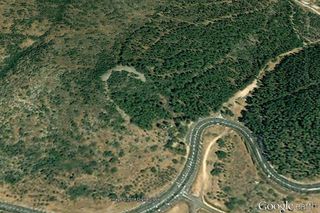
An archaeologist in Israel has identified this structure as being a stone monument that was constructed around 5,000 years ago. Built in a crescent shape, it is about 150 meters (492 feet) long and 20 meters (66 feet) wide at its base. The structure may have been used to help mark the borders of an ancient town near the Sea of Galilee. [Read full story]
Monument from above
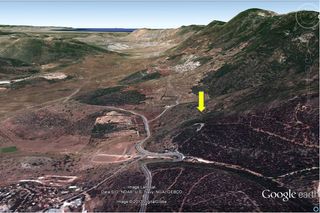
Another satellite image, this one showing the monument within its larger landscape. A modern-day road passes near it and several modern towns are located nearby. [Read full story]
Hefty construction
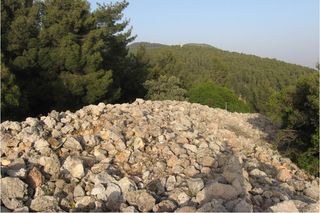
The crescent monument was constructed with about 14,000 cubic meters (almost 500,000 cubic feet) of stone. Researchers estimate that it would have taken between 35,000 and 50,000 working days to build. This means that a team of 200 ancient workers would have needed more than five months to construct the stone monument. [Read full story]
Crescent shape
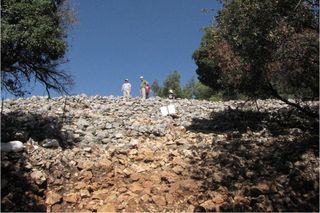
The monument is preserved to a height of 7 meters (23 feet). Its size and crescent shape made it readily visible in the ancient landscape. [Read full story]
No city wall
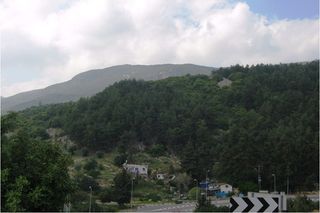
The monument is also readily visible in the modern-day landscape, as seen in this photograph. Originally archaeologists believed the monument was actually part of a city wall however recent research reveals that there is no city beside it and it is a stand-alone structure. [Read full story]
Sea of Galilee
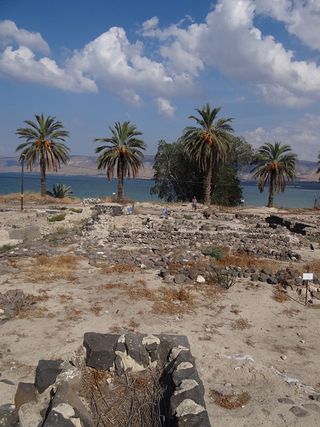
While there is no city beside the monument there was an ancient fortified town located about 18 miles (29 kilometers) away. The town's name is Bet Yerah, which translates as "house of the moon god." Whether the town was actually called "Bet Yerah" 5,000 years ago is unknown. Pictured here the town is located on the shore of the Sea of Galilee. [Read full story]
Moon god
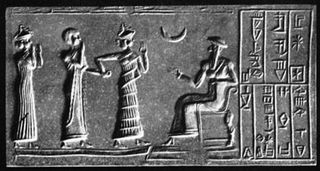
The moon god Sin (also called Nanna and Suen) may be the key to understanding the monument. A lunar crescent served as his symbol and the name of Bet Yerah suggests that he may have been revered there. This image shows an ancient seal (from another site) mentioning him, the lunar crescent engraved on it. [Read full story]
Sign up for the Live Science daily newsletter now
Get the world’s most fascinating discoveries delivered straight to your inbox.

Owen Jarus is a regular contributor to Live Science who writes about archaeology and humans' past. He has also written for The Independent (UK), The Canadian Press (CP) and The Associated Press (AP), among others. Owen has a bachelor of arts degree from the University of Toronto and a journalism degree from Ryerson University.
Most Popular


